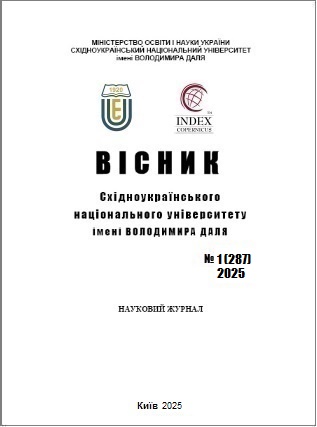Study of cyclic processing of PVC composites
DOI:
https://doi.org/10.33216/1998-7927-2025-287-1-77-82Keywords:
polyvinyl chloride, physical modification, plasticizer, filler, cyclic recycling, diisononyl phthalate, calcium carbonateAbstract
The work investigated the influence of plasticizers and fillers on the process of cyclic processing of rigid PVC composition. The process of multiple processing of rigid PVC composition was modeled using the method of cyclic processing on laboratory equipment using a single-screw extruder. During the cyclic processing, measurements were made of the physicomechanical and rheological characteristics of PVC composites, such as tensile strength, relative elongation and melt flow index. In particular, the stability of mechanical properties and melt flow index was assessed when adding a plasticizer and filler, such as diisononyl phthalate and calcium carbonate, respectively. It was found that the introduction of 1 mass part of diisononyl phthalate allows maintaining stable mechanical characteristics of PVC composite during five processing cycles, which is important for maintaining constant operational properties of the material under conditions of multiple processing. In addition, when adding calcium carbonate in an amount of up to 10 mass parts, the high mechanical properties of the PVC composite are maintained for 5 processing cycles, which allows significantly increasing the efficiency of its use in cyclic processing processes. It has been established that rational concentrations of plasticizers and fillers allow significantly improving the rheological characteristics, in particular, increasing the PTR index, which facilitates the processing of the PVC composite during the extrusion process and reduces energy costs during its processing. The work proposes a new method for cyclic processing of a rigid PVC composition with the addition of a rational amount of plasticizer and filler to the formulation. This method allows maintaining the stability of the material properties for five processing cycles, which makes it cost-effective for use in production conditions with limited resources. The results obtained are important for the development of technologies for multiple recycling of polymer materials that meet the principles of the circular economy and can be implemented in the production of primary PVC products with high requirements for operational characteristics.
References
1. Lahl, U., & Zeschmar-Lahl, B. More than 30 Years of PVC Recycling in Europe—A Critical Inventory. Sustainability, 2024. 16(9), 3854.
2. Ait‐Touchente, Zouhair, et al. "Recent advances in polyvinyl chloride (PVC) recycling." Polymers for Advanced Technologies 35.1, 2024. e6228.
3. Mathews, G. PVC: production, properties and uses. CRC Press. 2024.
4. Lewandowski, K., & Skórczewska, K. A brief review of poly (vinyl chloride)(PVC) recycling. Polymers, 2022. 14(15), 3035.
5. Wypych, G. PVC degradation and stabilization. Elsevier. 2020.
6. Brockmann, W., Geiß, P. L., Klingen, J., & Schröder, K. B. Adhesive bonding: materials, applications and technology. John Wiley & Sons. 2009.
7. Gomez, I. L. (Ed.). Engineering with rigid PVC: processability and applications, 1984. Vol. 6. CRC Press.
8. Daniels, C. A., & Plastisols, V. I. I. Modification of Poly (Vinyl Chloride). PLASTICS ENGINEERING-NEW YORK-, 2000. 60, 351-430.
9. Titow, W. V. PVC plastics: properties, processing, and applications. Springer Science & Business Media. 2012.
10. Elgharbawy, A. Poly vinyl chloride additives and applications-a review. Journal of Risk Analysis and Crisis Response, 2022. 12(3).
11. Zhang, H. and J. Zhang, Rheological behaviors of plasticized polyvinyl chloride thermally conductive composites with oriented flaky fillers: A case study on graphite and mica. Journal of Applied Polymer Science, 2022: P. 52186
12. Xia, X., Sun, M., Zhou, M., Chang, Z., & Li, L. Polyvinyl chloride microplastics induce growth inhibition and oxidative stress in Cyprinus carpio var. larvae. Science of The Total Environment, 2020. 716, 136479.
13. Deng, X., Zhang, C., Chen, Y., Yan, Y., Liu, Y., & Chen, X. Crush behaviors of polyvinyl chloride cellular structures with liquid filler. Composite Structures, 2018. 189, 428-434.

